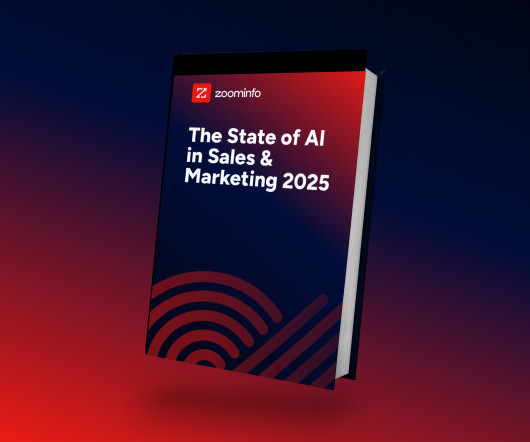Three Key Trends In Logistics E-Commerce
GlobalTranz
JANUARY 4, 2018
With the increase in the popularity of e-shops and delivery companies, the logistics e-commerce business keeps growing. It faces more and more challenges, as the customers need companies to be quick and increase their logistics performance more than ever before. What does it mean for your business? This fact explains why understanding and following the key trends in logistics e-commerce are crucial for organizations that want to save their place in the supply chain and get better results with le







































Let's personalize your content